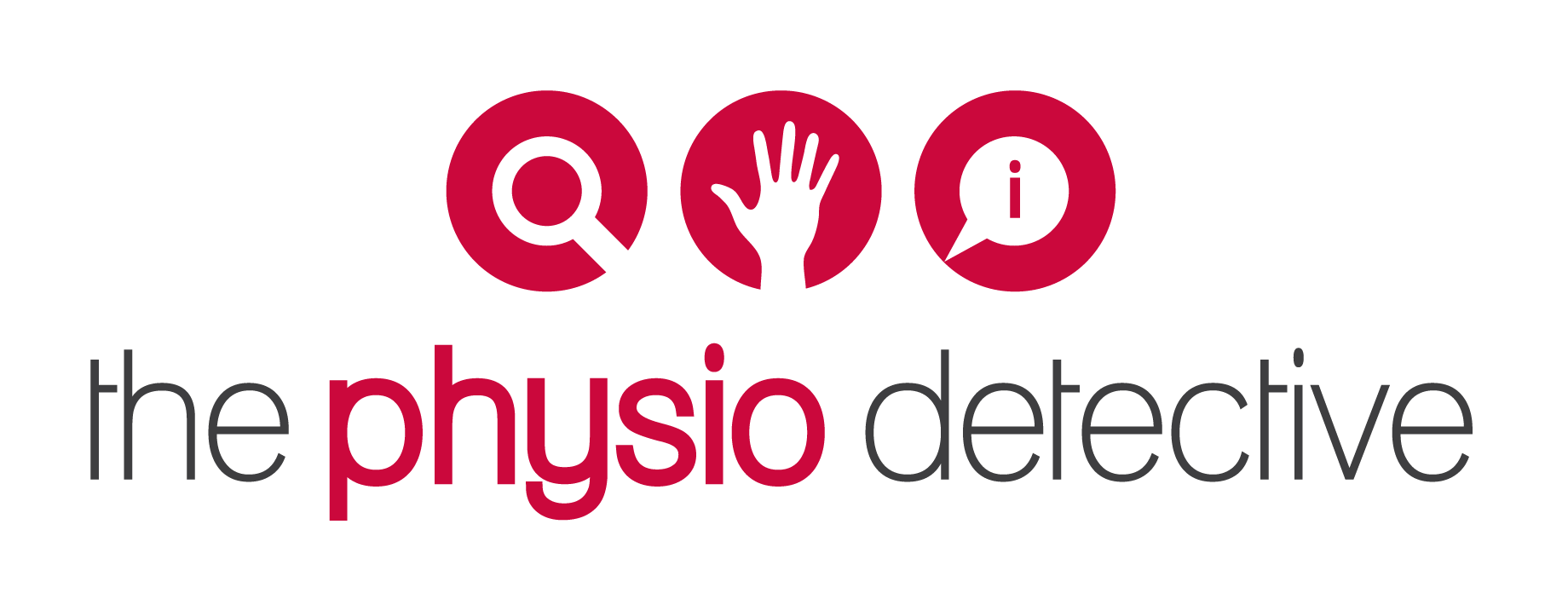Science on Squat Cues – Is on your heels or evenly spread weight better? A Simple Experiment
2. 5 reps to warm up
3. 5 reps with weight on heels, toes up
4. 5 reps with weight evenly through the foot with ball of foot and big toe definitely down, weight through the centre of the logo on the tongue of Kat's Reebok Nanos
Biceps femoris and quads (VMO/rectus femoris bias) were measured for peak EMG during the concentric (drive up) phase.
My theory was that evenly distributed weight would activate the posterior chain more...which would also increase the quads activation...plantarflexion of the 1st ray is a key component of the foot stability mechanism and activates and stiffens the posterior chain via the plantar fascia into the Achilles tendon.
Results:
1. Hamstrings peaked between 192 and 212 with toes up, between 232 and 250 with even foot
2. Quads peaked at around 280 with toes up and around 340 with even foot
Conclusions:
1. It is likely that an even foot distribution leads to better recruitment of hamstring and quadriceps muscles during a bodyweight squat
2. Toes up cue results in less activation of hamstrings and quads
3. Gluts would be interesting to assess with EMG - next time!
4. Further study on this is warranted
5. One subject does not make a solid conclusion and the study design can be improved etc etc etc - don't hate on me, it was just to see what happened - I understand the limitations!
6. Try it for yourself!!!
Guess what Darren Coughlan, CrossFit Football and I have been independently teaching for years??


Great article, would be interested in your results on glutes!
From a coaching POV I regard the weight-on-heels-toes-up as cue to stop beginners rocking forward onto the forefoot with heel off the ground.
It would seem unlikely that one could get increased posterior chain activation using this cue, as you say you activate anterior muscles and i’d expect reciprocal inhibition interferes with any triple extension type of movement.
One trick to feel this is to lie on your back and squeeze the bum as hard as poss with dorsi and then plantar flexed feet and feel the difference… not a scientific test though 🙂
Yeah Bungy Sheep (you will have to tell me the origin of that name some day!), I agree – do your test with surface EMG perhaps? It isn’t a particularly functional position unless you are measuring up for a new bed or something 😉
I understand that the cue is to prevent people rocking forwards too far…but to tell people that it increases posterior chain activation is misleading at best. The main reason why I think people rock forwards (apart from a lack of mobility) is simply because they are searching for extra power/strength and rocking forwards will activate your plantarflexors harder but at the expense of a stable position…but that is opinion, not fact…where exactly do people find these ‘facts’ from anyway? I have done a cursory search of pubmed – not much there :/
I like your theory about increased activation rocking forward, maybe there is a study there 🙂 Not found any scientific source for ‘these facts’ either… will let you know if I come across anything, in the meantime i’m off to find an EMG to wire myself up to 😛
Hahaha. You can get them (EMG) relatively cheaply…dunno about NZ though.
Might see how much a multichannel emg costs on eBay…
Interesting Antony – makes sense . Re the multichannel EMG email me and I’ll send you info on Myoplus2 we sell, it’s not on our site yet .
Thanks. It’s ok. I will use a uni one 😉 it was only as an indication of what was happening 🙂
Hi Antony!
The best summary of the state of science about the Squat I’ve seen was published in 2010. You can find a PDF of the full review online here –
http://www.dentonisd.org/cms/lib/tx21000245/centricity/Domain/700/Everything_you_need_to_know_about_Squatting.pdf
It also provides reference to a series of fantastic studies investigating a range of issues with many varieties of the squat motion.
Needless to say, more has been done in the last 3 years, but that article is usually my ‘start position’ whenever I’m investigating something about the squat.
I hope that can help you with deciding out what you want to look at next!
Excellent. Thank you for the reference. Obviously this little experiment was just a snap look at a common cue 😉